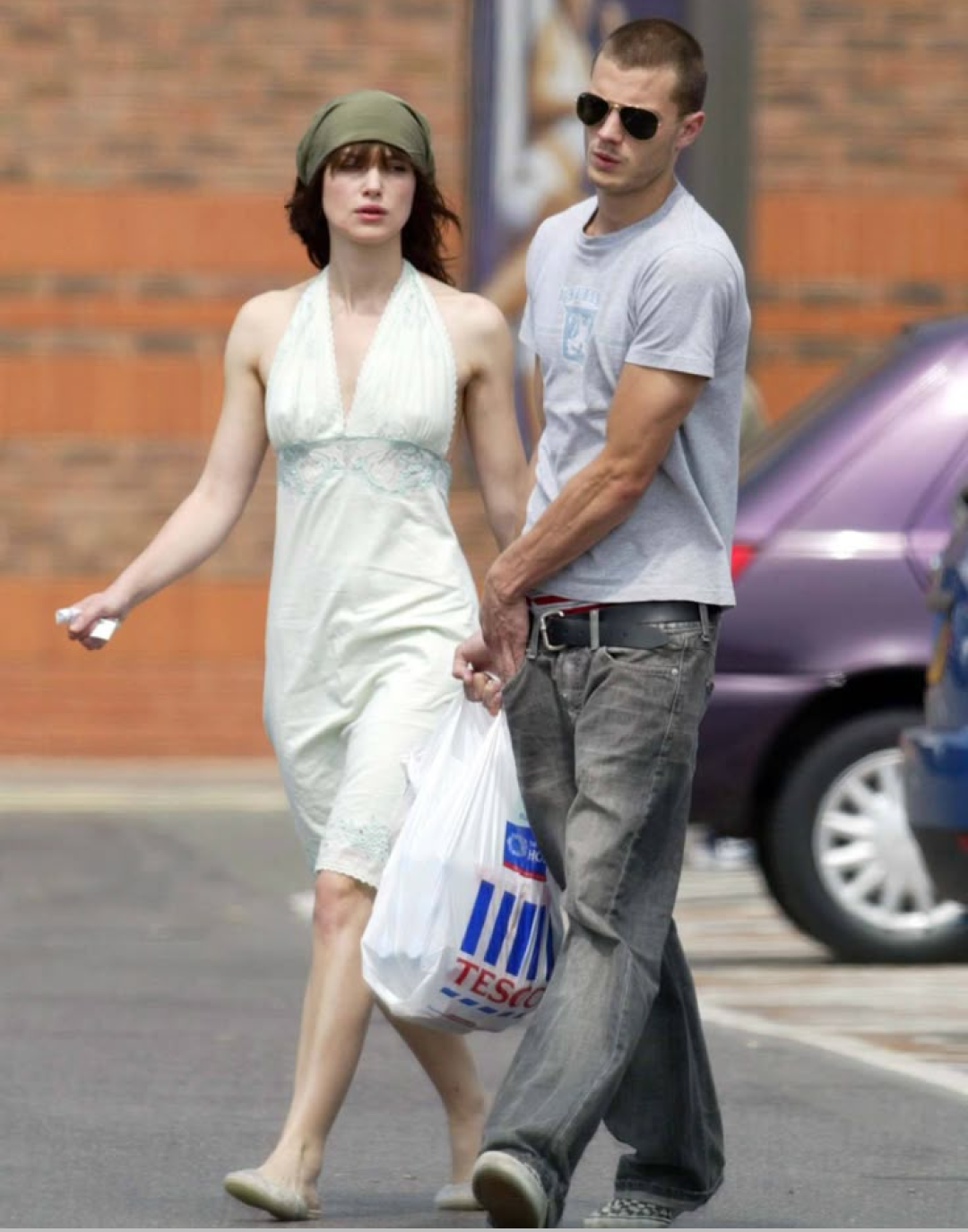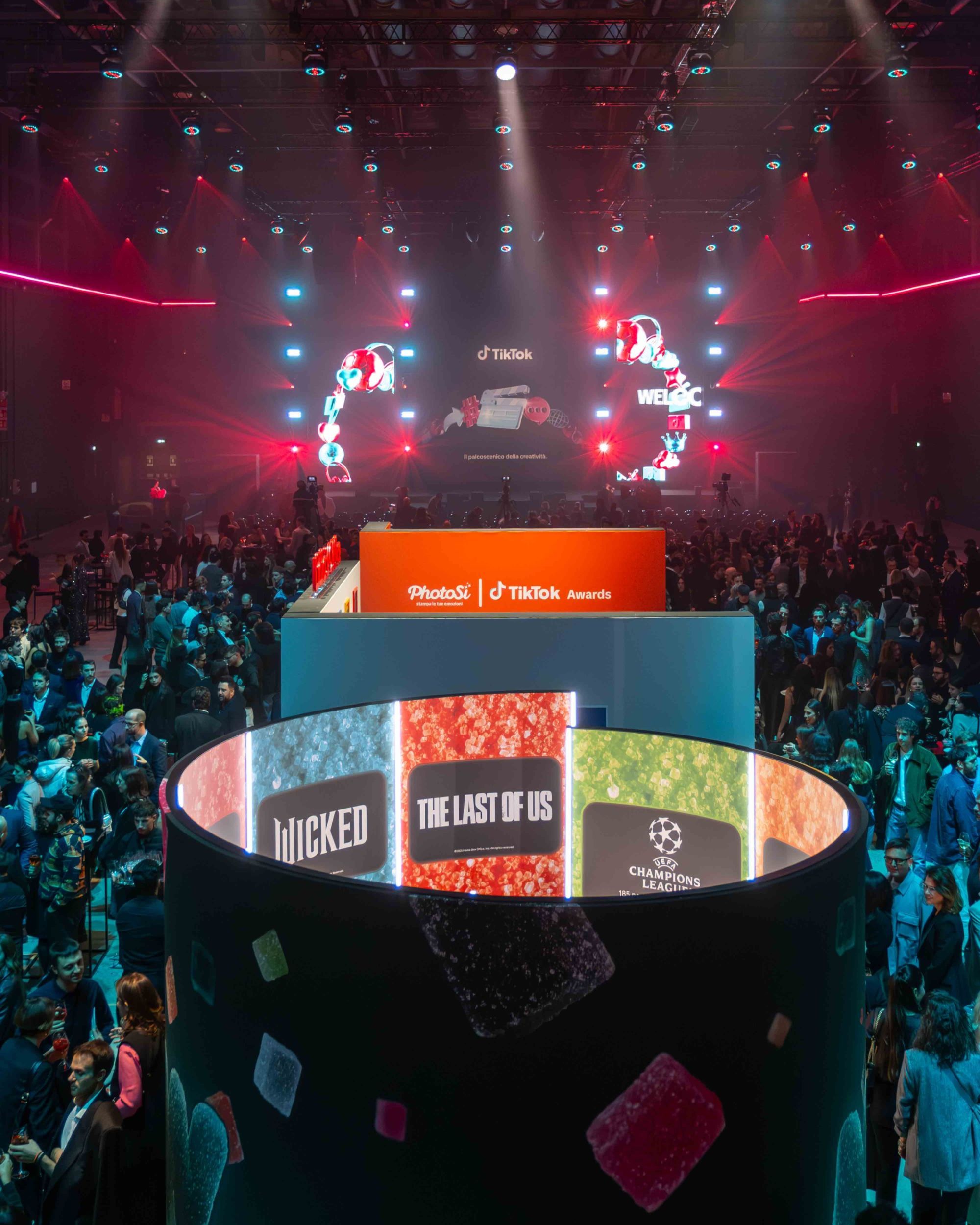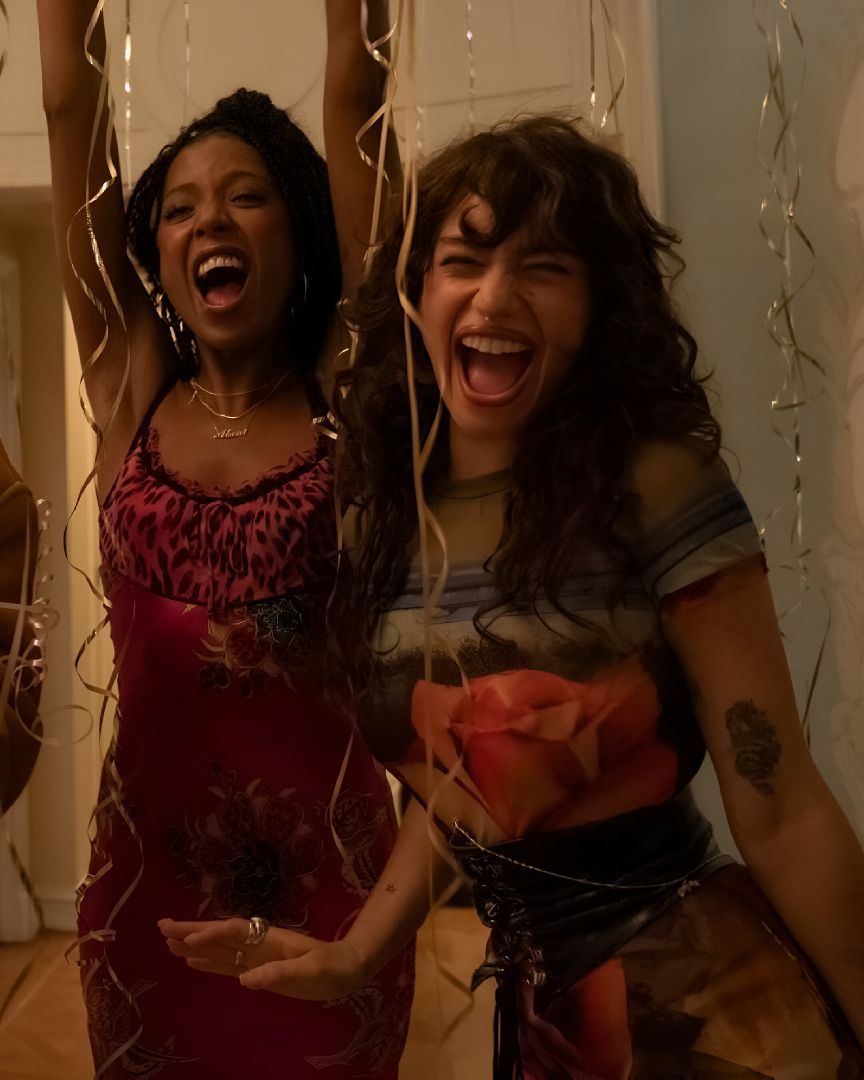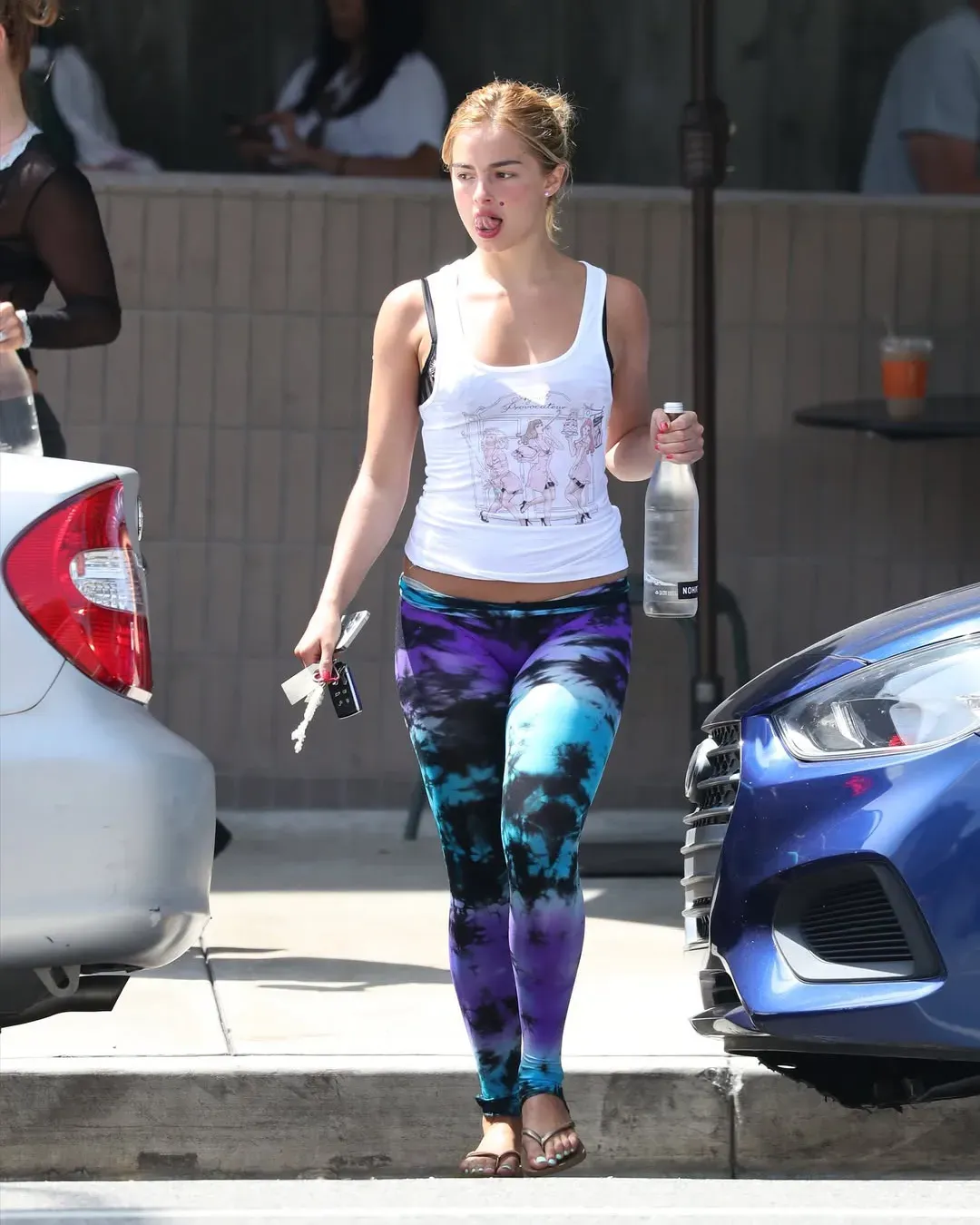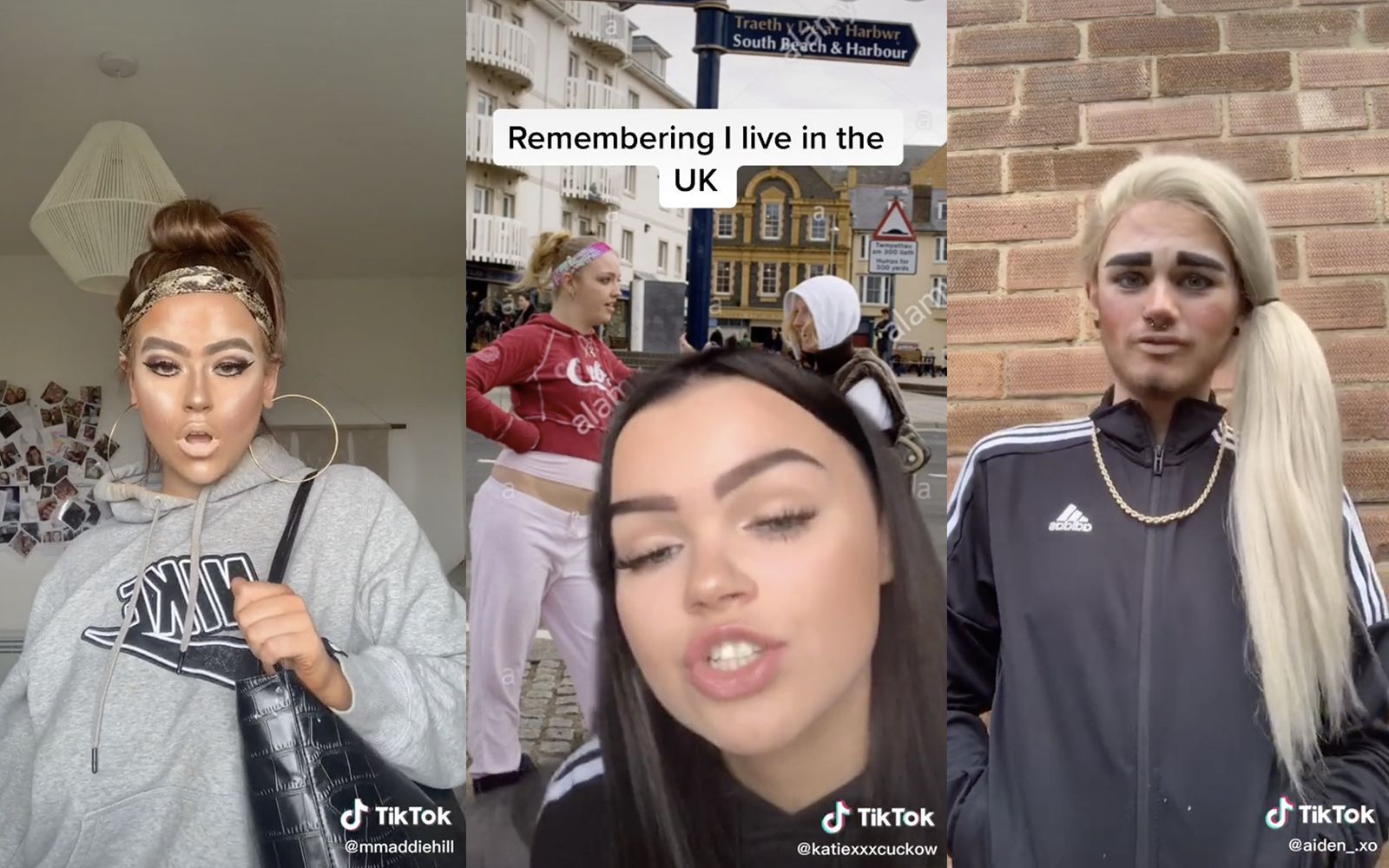
The return of the chav phenomenon on TikTok The 00's British subculture relives in make-up tutorials and comedy sketches
Among the thousands of videos that everyday flood TikTok feed, over the last few weeks the hashtag #chav has become increasingly popular, gathering more than 455 million views.
A deeply British phenomenon born in the early 2000s, the chavs were young kids belonging to the working class who lived in social housing, spoke in slang and with a very thick accent, they were known for their aggressive attitude, not only towards peers but also towards teachers, who often resulted in fights and brawls. Most of all, the feature that was later poised to identify the chavs in the collective imagination, was their style, the aspect that is most replicated in the short videos posted on TikTok today. For example, chav girls would always sport messy buns, foundation and bronzer of at least three darker shades of their skin, fake eyelashes and drawn-on eyebrows. When it comes to fashion, chav girls would always wear puffer jackets - when they were not in school uniform, nevertheless always messy - while chav boys would prefer tracksuits of brands such as Nike, adidas, Kappa, possibly in black and blue hues.
The number of videos regarding the topic is astonishing, many of which boast the same soundtrack, a Millie B's grime hit, the real soundtrack of that period of time, the most representative track of the attitude and the aesthetic of those years, here the official YouTube video to believe. The most popular and viewed videos on the topic are the make-up tutorials, along with real comedy sketches where the slang is the funniest part, fake video interviews to chavs in front of their houses, tutorials on how to spot a chav and the most chav towns in the UK.
Aside from funny videos and over-the-top looks, chavs was a hotly debated issue in the UK in the early 2000s. The spread of this definition - for some a derogatory term of Romanus origin, for others the acronym of Council Housed and Violent - went hand in hand with the rise of a huge satire in the English media, with TV shows like Little Britain and the character of Vicky. For many, however, all this was nothing more than a great demonization of the working class, because of jokes and sketches that targeted the weakest and most marginalized social classes of English society. The conception spread that the chavs were lazy and without ambition people, satisfied with their (low) social position, and with no intention of overturning it, a clearly arbitrary and wrong point of view. The term assumed even greater proportions when it began to be used also by Tony Blair, Prime Minister at the time, wanting to indicate precisely poor young people without prospects.
As the hashtag gained views, the debate returned up to date, because many of the videos dedicated to the theme seem to follow that same demonization, the one based on the mocking of a specific social class. It should be stressed, however, that the vast majority of TikTok users belong to Gen Z, and are simply too young to have known the chav phenomenon firsthand, many of them do not even know what it is exactly. Many users have made it clear that their videos were created with the intention of amusing and making people smile, certainly not to rekindle a social and class controversy. Not only that, to date, but the chav label also refers much more to the style and make-up of these characters, regardless of their social background, an ongoing transformation brought to fruition on TikTok. Other users have reiterated the concept by stating that chavs can belong to any class. One of the most popular profiles, @tiktokchavs, for example, is made of young British kids belonging to wealthy families and attending private schools, but this does not prevent them from publishing group ballets wearing sneakers and tracksuits, according to the stereotype in question.
It is striking that TikTok was the fertile ground for the return of this trend, in particular, because in recent months the platform has stood out for moments of political activism that were going in a specific direction, from the first protests against censorship in China to the support of Black Lives Matter, to the issue of Trump rallies. But perhaps, in this case, it is the entertainment aspect, an intrinsic element of the platform, that prevails over the political aspects of a phenomenon that remains tied to English history and society.











































